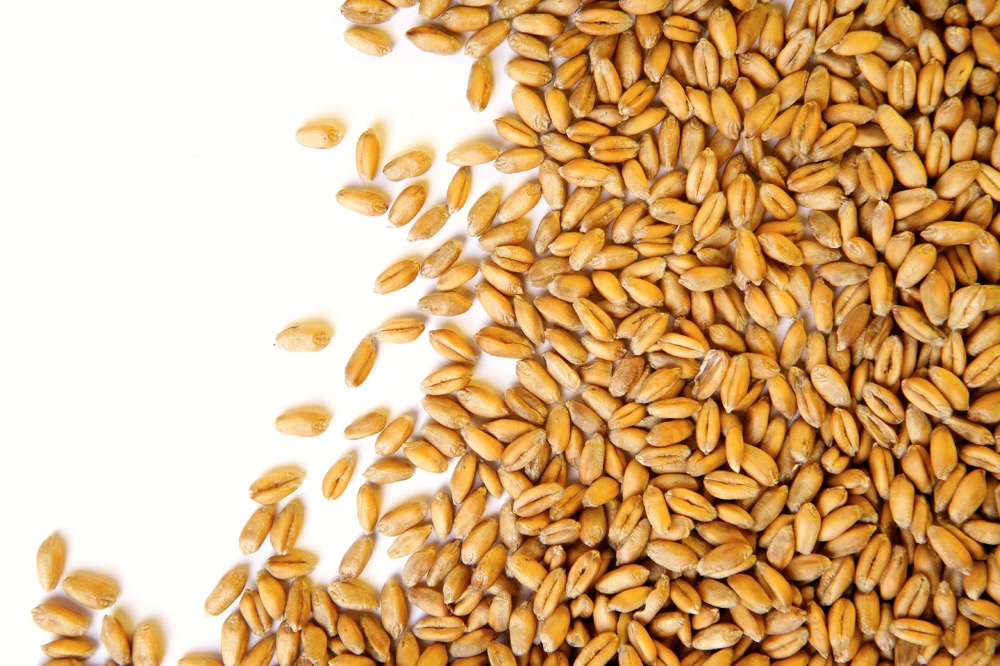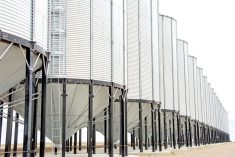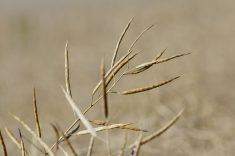Glacier FarmMedia – Canadian farmers intend to seed less canola in 2024 compared to the previous year, while overall wheat area should hold relatively steady, according to the latest Statistics Canada survey results released March 11.
Total canola area is forecast to dip by 3.1 per cent on the year, at 21.394 million acres. Lower prices and concerns over moisture levels in Western Canada were cited as reasons for the decline.
However, the survey was conducted in December and January, leaving plenty of time for intentions to shift. Canola prices have trended lower over the past two months, but dryness concerns have eased somewhat.
Read Also

IGC raises 2025/26 world wheat crop forecast
The International Grains Council has raised its forecast for 2025/26 global wheat production with crop outlooks upgraded for Russia, the United States and Argentina.
Total wheat area in the country is forecast to remain relatively steady on the year, up only 0.1 per cent from 2023 at 27.045 million acres. However, of that total durum area is forecast to rise by 5.3 per cent at 6.344 million acres while other spring wheat area is expected to decline by 3.1 per cent at 19.235 million acres.
Both the wheat and canola acreage projections were in line with trade expectations. While adjustments of a few hundred thousand acres here or there are possible, “a one- or two-bushel difference in average yields blows that all out of the water,” according to MarketsFarm analyst Mike Jubinville, noting that weather conditions through the growing season will be the more important factor going forward.
Barley area in the country is forecast to be down by 2.5 per cent on the year while oats area should rise by 21.6 per cent, at 7.134 million and 3.072 million acres respectively, according to StatCan.
Soybean area is forecast at 5.582 million acres, which would be down by 0.9 per cent on the year, while corn seedings are forecast to increase by 1.6 per cent at 3.885 million acres.
Lentil area is forecast to increase by 4.4 per cent at 3.829 million acres, with field pea area expected to be up by 2.4 per cent at 3.122 million acres. Both pulses came in below average trade expectations.
The following table is a recap of Statistics Canada’s March acreage report. Pre-report expectations are provided for comparison purposes. Figures are in million acres.
| Crop | Projections | 2024-25 | 2023-24 |
| Barley | 6.600-7.500 | 7.134 | 7.321 |
| Canola | 21.00-22.700 | 21.394 | 22.082 |
| Corn | 3.600-4.000 | 3.885 | 3.825 |
| Flax | 0.530-0.600 | 0.510 | 0.609 |
| Lentils | 3.900-4.500 | 3.829 | 3.669 |
| Oats | 3.100-3.600 | 3.072 | 2.527 |
| Peas | 3.100-4.900 | 3.122 | 3.048 |
| Soybeans | 5.300-5.900 | 5.582 | 5.631 |
| All Wheat | 26.000-27.400 | 27.045 | 27.028 |
| Durum | 5.600-6.400 | 6.344 | 6.034 |
*All wheat includes spring wheat, durum wheat, and winter wheat remaining after winterkill.













